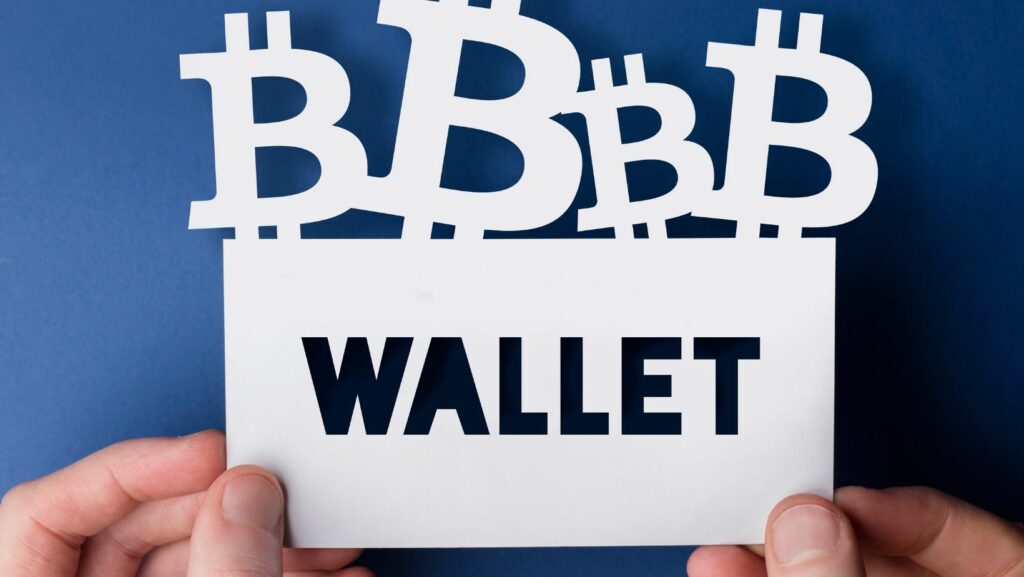Introduction
Crypto wallets are integral to the digital financial landscape, allowing users to purchase, store, and manage coins and tokens securely. While the crypto market is suffering its greatest setback, entering the cryptocurrency market has become easier. The total NFT market has dropped by a whopping 97%, indicating that the crypto space is in its markdown. People who invest right now can survive the accumulation phase and become user-favorites for other users. This is the best time to invest in a crypto wallet. This article will explore the nuances of building a crypto wallet, including how to create a Bitcoin wallet, the development process, compliance, marketing, and pitfalls.
Please check the Topflight Apps article:
https://topflightapps.com/ideas/how-to-build-a-crypto-wallet-app/
How to Create a Bitcoin Wallet: What Are Cryptocurrency Wallets
Cryptocurrency wallets are digital tools that allow users to interact with blockchain networks, manage digital assets, and perform transactions. There are various cryptocurrency wallets: hot (online), cold (offline), and hardware. Hot wallets are online and are more susceptible to theft. Cold wallets are offline, meaning that even if a hacker has your security keys, no one except you can access your wallet. Security is paramount in wallet development, given the sensitive nature of the assets they safeguard.
Market Analysis And User Needs
Before you create a cryptocurrency wallet app, you must thoroughly analyze market trends, competition, product USPs, and user preferences. Until you have conducted a thorough market analysis, defined the niche your wallet will operate, determined budget sources, and created marketing campaign plans, your crypto wallet app idea is only an idea.
Regulatory Compliance
You must navigate many legal and regulatory hurdles to create a crypto wallet app. While the crypto scene is still largely unregulated, entry may be difficult, especially with fees and regulatory requirements.

You should consider hiring a dedicated legal team that can explain the regulatory requirements for creating a crypto wallet app.
Hiring The Skills to Build Your Crypto Wallet App
Choosing the right technology stack is fundamental in ensuring the reliability and security of your wallet when you create a wallet for cryptocurrency. You’ll need a tech stack with various components to create a cryptocurrency wallet. Let’s have a breakdown:
Languages
JavaScript and Node.js for front-end and back-end, respectively. For blockchain-specific coding, Solidity is ideal for Ethereum, while Rust or C++ are handy for other blockchains like Bitcoin.
Blockchain SDKs And APIs
Web3.js is essential for ETH wallets (excellent if you want to build a Metamask-type wallet), while Bitcoin Core API is used for Bitcoin wallets. These help your wallet interact with blockchain networks.
Frameworks
Express.js and Django are great for back-end development, while React.js and Vue.js are handy for creating user-friendly front-end development.
Database
For storing user data and transaction history, consider SQL databases like PostgreSQL or MySQL. NoSQL options like MongoDB are useful for large datasets.
Mobile App Tools
For mobile app integration, React Native is a cross-platform option. Swift (iOS) and Kotlin (Android) are platform-specific choices, depending on your wants.
Security
Implement cryptographic libraries for secure key management and encryption. Secure Sockets Layer (SSL) ensures secure communication.
Payment Gateways
Depending on your wallet’s features, you may need to integrate payment gateways for fiat-to-crypto transactions.
Development Tools
Use Git for version control and testing frameworks like Jest for quality assurance. Docker simplifies deployment.
Third-Party Services
Integrate with blockchain explorers and data services for transaction monitoring.
Cloud Services
AWS or Azure can manage Hosting and server management.
Blockchain Integration
Integrate your wallet with blockchain nodes and networks. For Ethereum, you can use Infura for node access.
Multi-Currency Support
Multi-currency support is essential for a multi-country wallet. A crypto wallet app should support multiple currencies, allowing people to buy crypto assets and withdraw earnings into different fiat values. When you create your own Bitcoin wallet, you must support it with multiple fiat currencies to aid entry since many people invest in Bitcoin.
Testing And Quality Assurance
Testing and QA processes are essential to a thorough crypto wall app development. With testing, you will uncover vulnerabilities and bugs in your application and correct them before launch.
The Rest of it
After quality assurance and testing, your app is ready for a rollout. You will determine what App Store you want to roll out (Android or iOS).

You must also create marketing campaigns and post-launch maintenance processes to ensure your app is continuously checked for vulnerabilities.
Conclusion
When building a cryptocurrency wallet app, consider regulations and compliance. Regulatory bodies charge steep fees for non-compliance, and you may even get into legal trouble. Elements like KYC should be thoroughly instituted to protect users and assets. These and many factors must be considered when learning how to create a Bitcoin wallet.


More Stories
The Effect of Seasonal Themes on Slot Game Popularity
Ronwen Williams Is One Of The Stars Of The 2023 African Cup Of Nations
Creating Design Logos for Play Centers: A Step-by-Step Guide